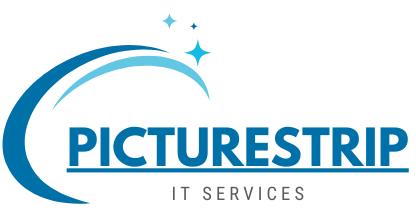In today’s rapidly evolving technological landscape, organizations rely heavily on IT professionals to drive innovation, maintain infrastructure, and support business operations. However, finding the right IT talent can be challenging, especially given the diverse staffing models available in the market. Understanding the different IT staffing models used by IT staffing companies is essential for organizations to make informed decisions about their workforce strategies and find the best fit for their unique needs.
In this blog post, we’ll explore the various IT staffing models and discuss their key features, advantages, and considerations.
Traditional Permanent Staffing: Traditional permanent staffing is the most common IT staffing model, where organizations hire full-time employees to work on a permanent basis. These employees are typically recruited through in-house HR departments or external recruitment agencies and become integral members of the organization’s workforce. Permanent staff members receive benefits such as health insurance, retirement plans, and paid time off, and are often considered long-term investments for the organization. This model provides stability and continuity in staffing, allowing organizations to build strong teams and foster employee loyalty.
Contract Staffing: Contract staffing involves hiring IT professionals on a temporary basis to work on specific projects or assignments. Contractors are typically employed through staffing agencies or consulting firms and are engaged for a fixed duration, ranging from a few weeks to several months or even years. Contract staff members may possess specialized skills or expertise that are needed for short-term projects or to address temporary spikes in workload. This staffing model offers flexibility and scalability, allowing organizations to quickly scale their workforce up or down based on project requirements.
Contract-to-Hire: Contract-to-hire staffing combines traditional permanent and contract staffing elements. In this model, IT professionals are initially hired on a contract basis with the possibility of transitioning to permanent employment after a predefined evaluation period. This arrangement allows organizations to assess the contractor’s performance, cultural fit, and job compatibility before making a long-term commitment. Contract-to-hire arrangements provide flexibility for both employers and employees, offering the opportunity to test the waters before making a permanent commitment.
Project-Based Staffing: Project-based staffing involves assembling teams of IT staffing services professionals to work on specific projects or initiatives for a defined period. These projects may vary in scope, complexity, and duration, ranging from software development and system implementation to infrastructure upgrades and cybersecurity assessments. Project-based staffing allows organizations to access specialized expertise and resources to execute projects efficiently and achieve desired outcomes within budget and timeline constraints. This model is particularly well-suited for organizations with limited in-house resources or expertise for specific projects.
Considerations for Choosing the Right IT Staffing Model
When evaluating IT staffing models, organizations should consider factors such as project requirements, budget constraints, timeline, scalability, and resource availability. It’s essential to assess the organization’s current and future workforce needs and the nature of the projects and initiatives being undertaken. Additionally, organizations should evaluate the pros and cons of each staffing model in terms of cost, flexibility, talent acquisition, and retention.
Understanding the various IT staffing models is essential for organizations to make informed decisions about workforce strategies and optimize staffing resources effectively. Whether it’s traditional permanent staffing, contract staffing, contract-to-hire, or project-based staffing, each model offers unique advantages and considerations to consider. By aligning the chosen staffing model with the organization’s goals, objectives, and project requirements, organizations can build agile and resilient IT teams capable of driving innovation and delivering results in today’s dynamic business environment.

